Art
Intent
Strong Purpose
In the art curriculum at Little Waltham, we believe in the transformative power of creativity. Art is not just about making pretty pictures; it’s a means of self-expression, exploration, and communication. Our curriculum is driven by a strong purpose to nurture the artistic talents and aspirations of every child. Through engaging and meaningful experiences, we aim to inspire a lifelong appreciation for the arts and empower students to express themselves authentically.
Every Child Has the Potential to Succeed
We recognise that every child is unique and possesses their own creative potential waiting to be unlocked. Our art curriculum is designed to be inclusive and accessible, providing opportunities for pupils of all abilities to explore, experiment, and excel. From mastering basic techniques to pushing the boundaries of artistic expression, we support each child on their journey towards artistic mastery and self-discovery.
Building Character
Art is more than just a set of technical skills; it’s a journey of self-discovery and personal growth. In our art curriculum, pupils develop resilience, perseverance, and self-confidence as they navigate the creative process. Through experimentation, reflection, and constructive feedback, they learn to embrace challenges, overcome setbacks, and celebrate their achievements. Art becomes a platform for building character, fostering qualities such as creativity, empathy, and cultural understanding that will serve pupils well beyond the confines of the classroom.
Preparing Pupils For the Future
In an increasingly complex and interconnected world, the ability to think creatively and critically is more important than ever. Our art curriculum prepares pupils for the future by cultivating essential skills such as problem-solving, innovation, and adaptability. By studying a diverse range of artists, styles, and movements, pupils gain insight into different cultures, perspectives, and historical contexts, fostering a broader understanding of the world around them. They learn to analyse and interpret artworks that not only challenges conventional thinking but also inspires social change and promotes moral purpose.
Implementation
At Little Waltham, our art curriculum implementation is designed to bring our curriculum intent to life, providing pupils with engaging and enriching experiences that foster creativity, personal growth, and cultural understanding.
The Little Waltham art curriculum aligns closely with the national curriculum, ensuring that pupils develop a wide range of art and design techniques throughout their educational journey. In Key Stage 1, pupils explore concepts such as colour, pattern, texture, line, shape, form, and space, while in Key Stage 2, they begin to use sketchbooks to record observations and refine their mastery of art and design techniques.
Drawing, painting, and sculpture are foundational areas of study in both Key Stage 1 and Key Stage 2. Additionally, pupils engage in extra units of study such as printing, collage, and photography in identified year groups, expanding their artistic repertoire, and nurturing their creative curiosity.
Across all year groups, pupils at Little Waltham will have the opportunity to learn about a diverse range of artists from different time periods and cultural backgrounds. From iconic figures such as Georgia O’Keefe, William Morris, William Turner, and Andy Warhol to contemporary artists like Henry Moore, Grayson Perry, Mohammed Hafez, and Bisa Butler, pupils will explore the rich tapestry of artistic expression throughout history and across continents.
All art units at Little Waltham begin with an in-depth artist study, where pupils delve into the life, work, and influences of a chosen artist. Pupils maintain a dedicated sketchbook where they document artwork, techniques, and key notes about the artist’s style and context. This process not only deepens their understanding of artistic movements but also provides inspiration and guidance for their own creative endeavours. Following the artist study, pupils learn and practise techniques linked to the chosen artist and type of art, honing their abilities in drawing, painting, sculpture, and other mediums. Through a progression of sequenced lessons – imagining, creating, refining, and reflecting, pupils create their final artwork guided by teacher feedback and peer collaboration.
Impact
The art curriculum has a significant positive impact on our pupils, shaping pupils into confident, knowledgeable, and culturally aware individuals.
- Our students develop a deep appreciation for a diverse range of art from different eras and regions of the world. Through the exploration of artwork spanning various time periods and cultural backgrounds, they gain insight into the universal language of art and its power to transcend boundaries and connect humanity.
- Little Waltham pupils learn to appreciate and celebrate artists from diverse backgrounds and perspectives. By studying the works of artists representing different cultures, ethnicities, and experiences, they cultivate empathy, understanding, and respect for the richness and complexity of human expression.
- Pupils experience a sense of success and achievement as they draw inspiration and techniques from renowned artists to innovate and create their own artwork over a series of lessons. By harnessing their creativity and honing their skills, pupils develop confidence in their artistic abilities.
- Year on year, pupils build upon their artistic skills and techniques, exploring a wide range of media and approaches. From drawing and painting to sculpture and mixed media, pupils embrace new challenges and opportunities for growth, demonstrating continuous improvement and mastery in their artwork.
- Sketchbooks serve as a visual record of pupils’ artistic journey, reflecting their progress and growth over time. Through regular reflection and documentation of their ideas, observations, and building of techniques, pupils showcase their evolving creativity and technical proficiency, fostering a culture of excellence and self-directed learning in art.
- Enrichment opportunities, such as the Take One Picture project, provide pupils with collaborative experiences that extend beyond the classroom. Through collaborative efforts, pupils learn the value of teamwork, communication, and a shared vision, culminating in a special whole-school exhibition where every child exhibits their artwork to parents and the wider community.
At Little Waltham, the art curriculum instils a passion for creativity, cultural understanding, and self-expression. Through art, we empower our pupils to embrace diversity, celebrate individuality, and contribute meaningfully to the world around them.


